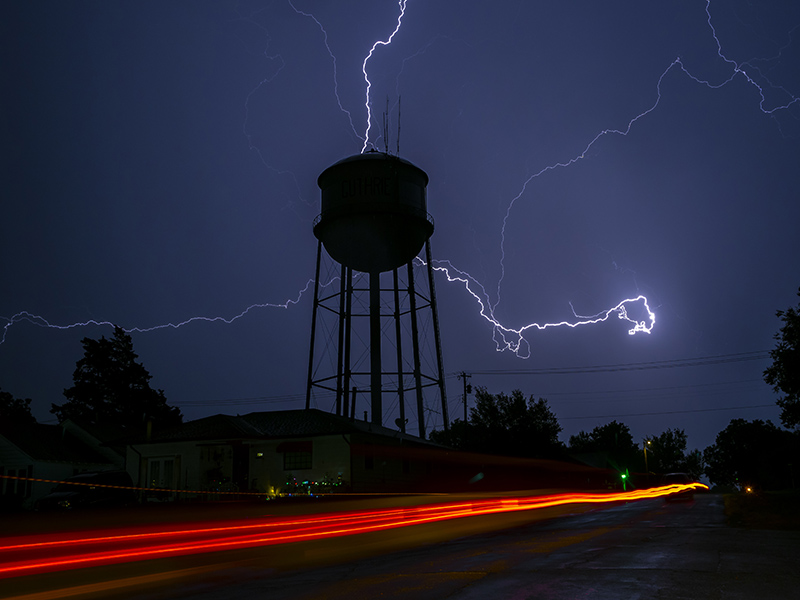Identify Your Safe Place Before Severe Weather Blows In
Severe weather can strike with little warning, so it’s important to know where to go for shelter ahead of time.

Once identified, those areas should be kept clean and remain easily accessible, said Gina Peek, assistant director, Oklahoma State University Extension/Family Consumer Science program leader and associate dean for Extension and Engagement in the College of Education and Human Sciences.
“Avoid thinking of a storm shelter or safe place as storage space or an extra closet,” she said. “If everyone can’t fit because it’s too full of other things or if the stored items could harm you during a storm, you’ve defeated the purpose of having that protection.”
For households that have storm shelters, register the shelter with the county or city and alert an out-of-town friend or family member as to its location. This will help authorities know where to look later in the case of a disaster.
In lieu of a storm shelter, basements or cellars might be suitable alternatives. The lowest level of a home also will work if an underground area is not available. Choose interior spaces such as closets or hallways. Stay away from doors, windows and outside walls.
Underground areas and storm shelters should be stocked with supplies such as food and water for three days, clothing and a first aid kit. Keep electronics such as smartphones and weather radios on hand.
“Don’t forget to consider any special equipment or assistive devices such as walkers or wheelchairs family members may need,” Peek said. “Check in advance to be sure the devices will fit and still allow everyone to quickly and easily take cover. Also, remind everyone to wear shoes when going into the shelter.”
Regardless of whether a suitable safety space can be found in the home, plot out a backup plan. Determine where family members should go in a variety of situations and make sure everyone knows those locations by periodically reviewing the plan. Familiarity with the plan allows loved ones to adjust to travel times to a local community shelter, school basement or similar location.
Consult FEMA’s online resources for additional resources regarding storm shelters and safe rooms.
